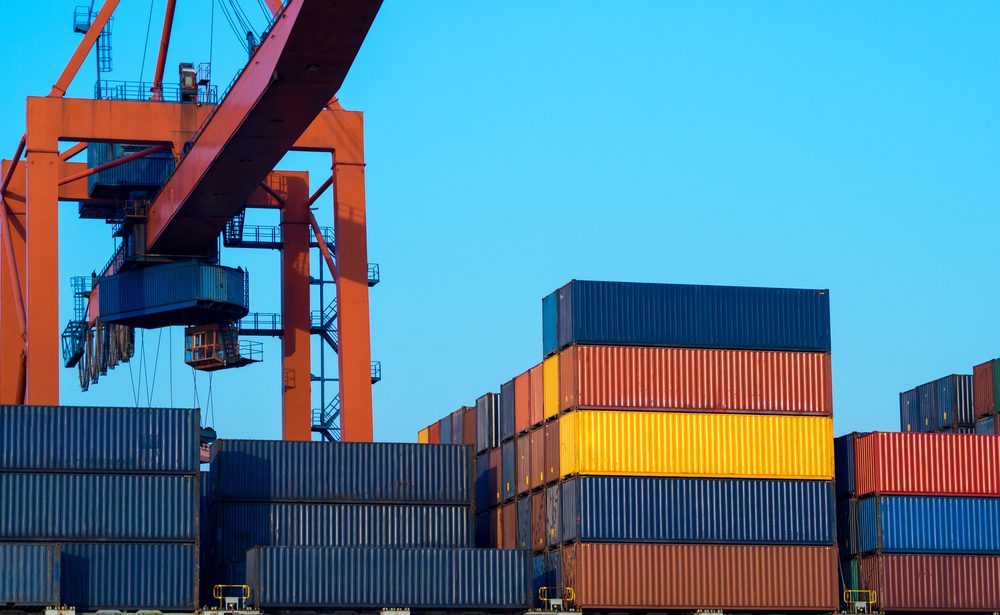Vietnam’s economic growth continues, but new US tariffs worry China and Asian supply chains
In the second quarter of 2025, Vietnam's GDP grew by 7.96 per cent thanks to booming exports. The new trade agreement with the US has improved the climate of confidence, but transhipped goods from China risk affecting the entire regional production chain.
Hanoi (AsiaNews) – Vietnam reported a significant economic acceleration in the second quarter of 2025, with GDP growing by 7.96 per cent on an annual basis, compared to 6.93 per cent in the first quarter.
This performance was mainly driven by exports, which increased by 18 per cent compared to the same period the previous year, for a total value of US$ 116.93 billion, according to the National Statistics Office (NSO). Foreign trade also generated a trade surplus of 4.41 billion dollars.
This encouraging result comes a few days after the announcement of a trade deal between Vietnam and the United States, which partly allays fears related to US tariffs.
President Donald Trump imposed only a 20 per cent tariff on imports from Vietnam, much lower than the 46 per cent initially threatened. In exchange, Vietnam plans to eliminate tariffs on goods imported from the United States and offer preferential access to US agricultural and industrial products in the Vietnamese market.
However, the agreement – whose details have not yet been made public – hides another clause that could cause problems for Asian economies: goods considered "transshipped" through Vietnam from other countries (such as China) will be subject to a 40 per cent tariff.
This measure is designed to fight tariff evasion through trade triangulation, a practice that began in recent years after the US-imposed tariffs on imports from China.
The problem is that, in Asia, supply chains are highly integrated, and many goods assembled in Vietnam contain components or raw materials from China.
If all these products were to be considered "transshipped", the repercussions would be serious not only for Vietnam, but for the entire region.
According to Nomura, a Japanese investment firm, the new definition of “transshipment” could compromise up to 1.7 per cent of Vietnam’s GDP, in addition to 0.8 per cent of China’s, 0.7 per cent of Thailand’s and 0.6 per cent of South Korea and Malaysia.
The risk, according to experts, is that the United States will extend similar measures to other Asian countries, raising the tariff from the current 10 per cent to 15.5 per cent for the entire region.
The difficulties of certifying the origin of goods with clear rules and the absence of a production ecosystem completely autonomous from China could make it hard for many companies to avoid higher tariffs.
Despite this, the Vietnamese government appears optimistic. Fitch Solutions, a financial information service provider, predicts that investments and exports will remain solid in 2025, estimating GDP growth of 6.4 per cent.
More recently, Vietnam has been trying to requalify its industry, moving towards higher value-added production of items such as semiconductors and advanced technologies.
21/06/2018 10:23







.png)










